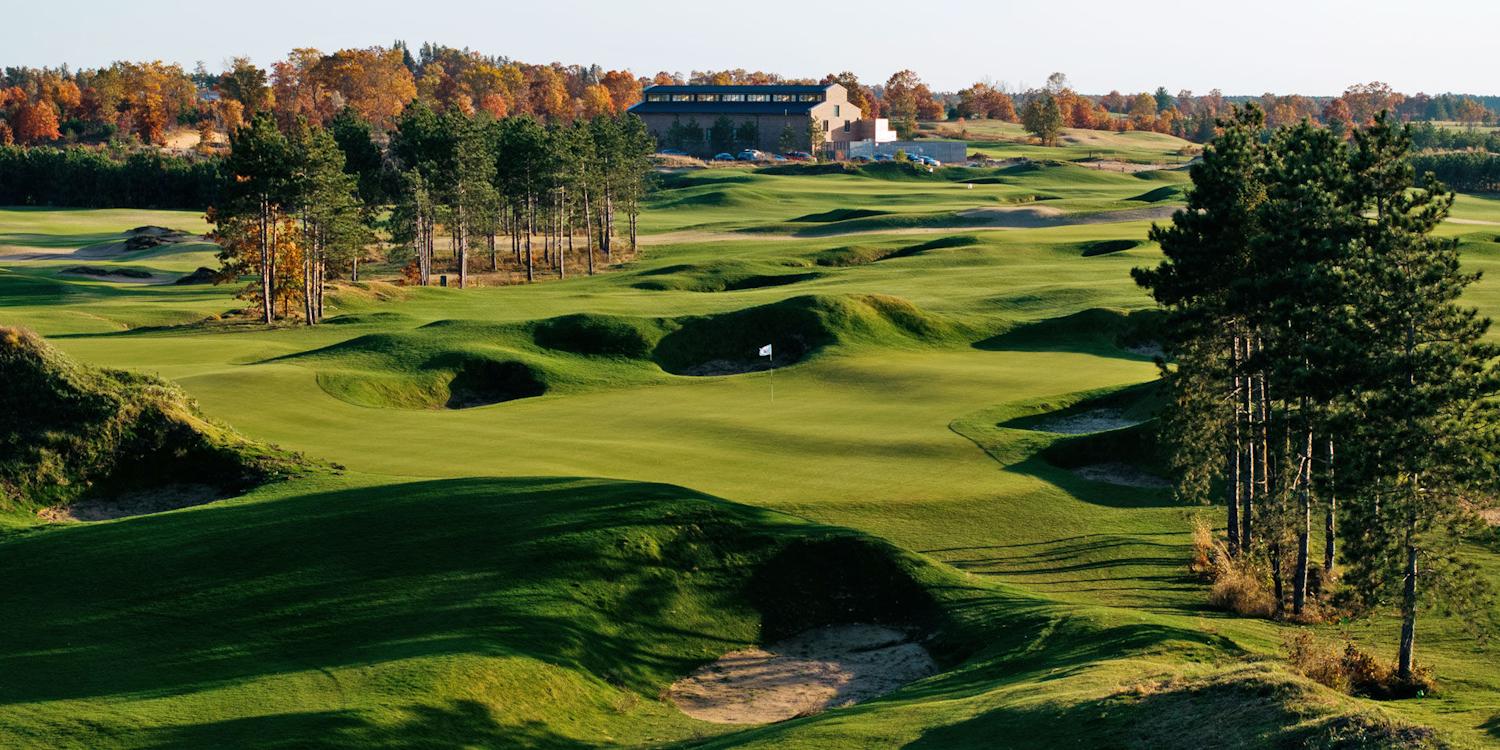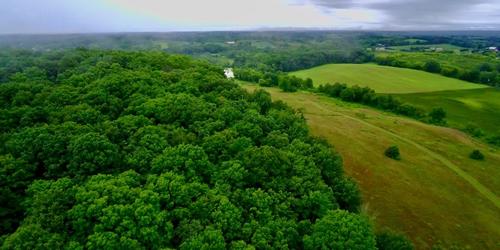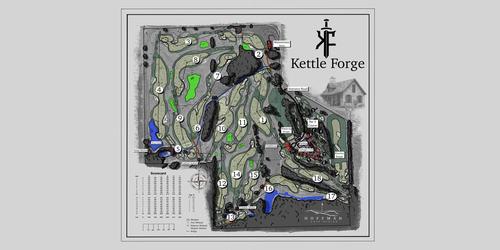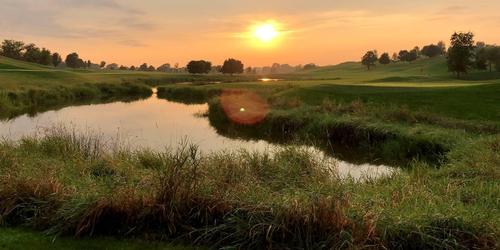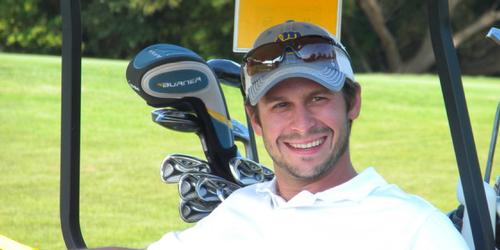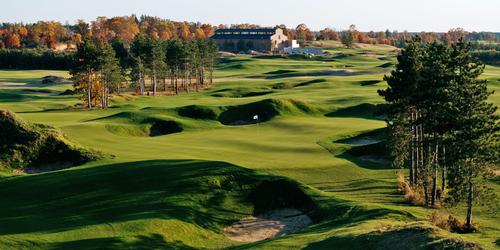Golf Wisconsin Articles
No part of this section or any article can be republished without the consent of GolfWisconsin.com. Learn how to writing/contributing articles, review guidelines.
Featured Article
Courses and Travel
Article
Grand Geneva Resort & Spa Announces Wee Nip TM, a New 11-Hole Short-Course Set to Open Spring 2026The new golf course will offer a playful atmosphere suitable for new and experienced players
Golf Industry Interviews
Article
Interview With JT Thompson PGA/Head Golf Professional Bullseye Golf ClubA Light Hearted Golf Q & A Interview
Article
Interview With Jason Hoelz General Manager Western Lakes Golf ClubA Light Hearted Golf Q & A Interview
Article
Interview With Kyle Kunash Head PGA Golf Professional Grand Geneva Resort and SpaA Light Hearted Golf Q & A Interview
Article
Interview With Bill Verbrick Co-Owner The Creeks at Ivy AcresA Light Hearted Golf Q & A Interview
Article
Interview With Brian Jankowski Director of Instruction GolfTEC-WauwatosaA Light Hearted Golf Q & A Interview
Article
Interview With David Winget Director of Golf Geneva National Golf ClubA Light Hearted Golf Q & A Interview
Other Great Articles
Article
Grand Geneva Resort & Spa Announces Wee Nip TM, a New 11-Hole Short-Course Set to Open Spring 2026The new golf course will offer a playful atmosphere suitable for new and experienced players


